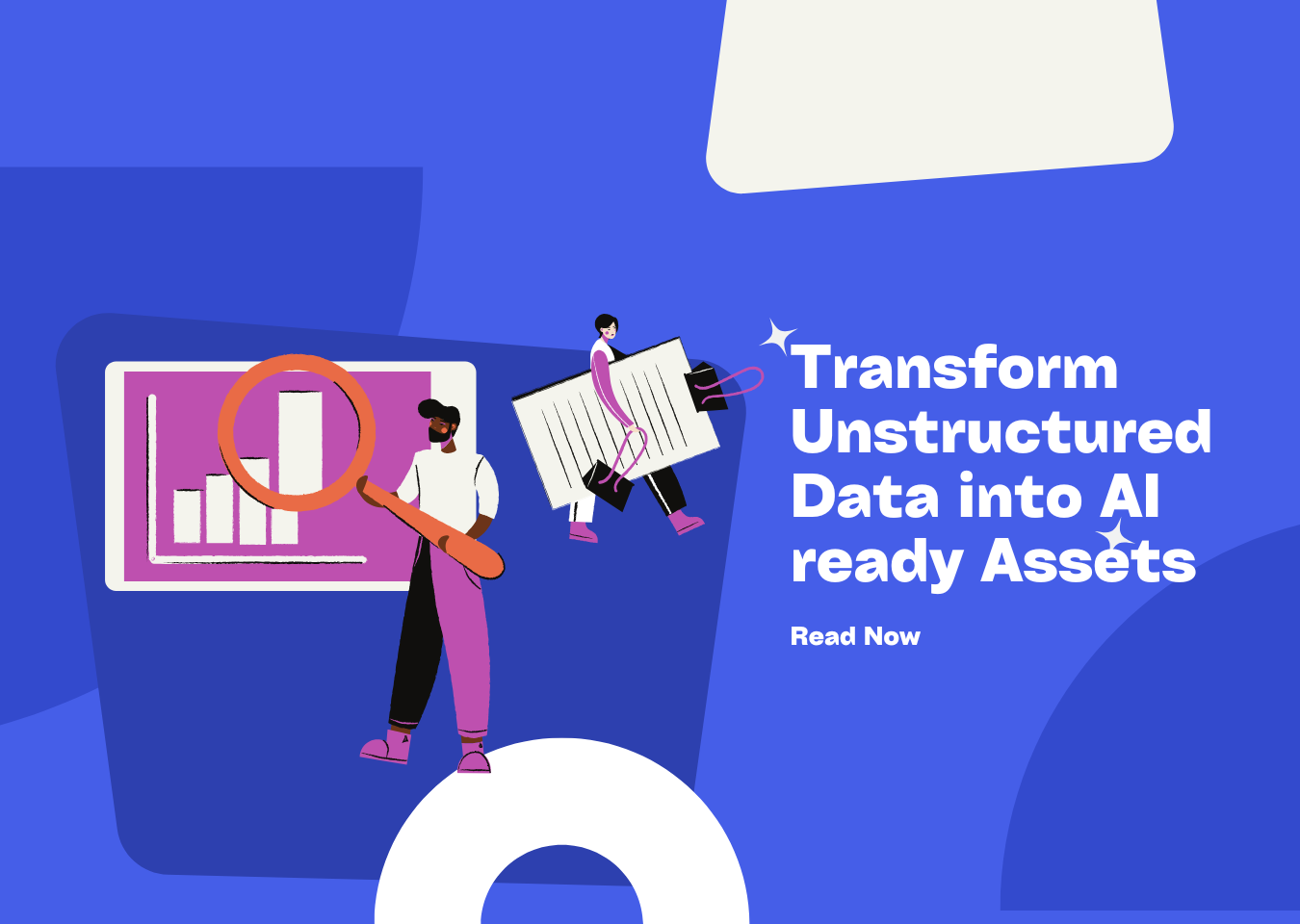RAG Tutorial: Build Your Own Retrieval Augmented Generation System with Local Data


A step-by-step guide to building a RAG pipeline using local data, complete with code examples.
I. Introduction
Did you know that over 80% of enterprise data is unstructured and, therefore, difficult for standard LLMs to utilize effectively? Retrieval Augmented Generation (RAG) is rapidly becoming essential for organizations seeking to leverage this untapped potential by grounding LLMs in their private or local data. But what exactly is RAG?
Retrieval Augmented Generation (RAG) is a technique that enhances Large Language Models (LLMs) by providing them with access to external knowledge sources. Instead of relying solely on their pre-trained knowledge, RAG models retrieve relevant information from a database or document collection and use it to inform their responses. This allows LLMs to generate more accurate, relevant, and up-to-date content. In essence, RAG bridges the gap between the vast knowledge of LLMs and the specific, often rapidly changing, information needs of real-world applications. According to AWS, “RAG improves the quality of the answers generated by LLMs.”
Why should you be excited about using RAG with local data? The benefits are compelling. First, it offers unparalleled privacy and security, allowing you to keep sensitive data within your own environment, a critical consideration highlighted by Tonic.ai. Second, it enables deep customization, tailoring the LLM’s knowledge to your specific domain or data, ensuring relevance and accuracy. Finally, it can be cost-effective, reducing your reliance on expensive external APIs and services. While not necessarily superior to using external APIs, it often presents a more budget-friendly alternative; the choice hinges on balancing cost and convenience.
However, the journey to AI-ready local data can be complex, especially when dealing with diverse unstructured formats. This is where UndatasIO comes in. UndatasIO specializes in transforming unstructured data into AI-ready assets, streamlining the data ingestion and preprocessing stages of your RAG pipeline. Unlike basic parsers such as unstructured.io or the LlamaIndex parser, UndatasIO excels in accurately extracting and structuring information from complex documents, ensuring higher quality data for your LLMs.
In this rag llm tutorial, we’ll walk you through building a functional RAG pipeline using Langchain, Ollama (or any local LLM), and ChromaDB (or any vector database). By the end, you’ll have a practical understanding of how to leverage your local data to enhance the capabilities of LLMs. To further accelerate your RAG development, consider exploring UndatasIO’s capabilities for efficient data preparation. Learn more at https://www.undatas.io.
II. Understanding the RAG Pipeline
The RAG pipeline might seem complex at first, but it can be broken down into manageable components, each playing a crucial role in the overall process.
At its core, a RAG system consists of several key stages: Data Ingestion, where data from local sources like text files, PDFs, or databases is loaded, as detailed in Langchain’s documentation. Data Chunking then splits this data into smaller, more manageable pieces, using strategies like fixed-size or semantic chunking, as explored in a Towards Data Science article. Next, Embedding Generation converts these chunks into vector embeddings using an embedding model; Langchain’s documentation highlights the different models and their trade-offs. These embeddings are then stored and indexed in a Vector Database, such as ChromaDB, for efficient Retrieval.
When a user poses a query, the system retrieves the most relevant chunks from the vector database using techniques like similarity search or hybrid search, as discussed in a RAGFlow article. Augmentation combines these retrieved chunks with the original query to create a comprehensive prompt. Finally, Generation uses this augmented prompt to generate a response from the LLM.
To illustrate, imagine a scenario with a vast collection of scientific papers. Instead of training an LLM on all the papers, RAG allows you to retrieve only the most relevant papers based on a specific research question, providing the LLM with focused information to generate a more accurate and insightful response.
UndatasIO plays a critical role in the initial stages of this pipeline, particularly in Data Ingestion and Data Chunking. By providing a robust solution for parsing and structuring unstructured data, UndatasIO ensures that the subsequent steps, such as embedding generation and retrieval, operate on high-quality, well-organized information. This leads to more accurate and relevant results from your RAG system.
 (Replace with an actual diagram of the RAG pipeline)
(Replace with an actual diagram of the RAG pipeline)
III. Setting Up Your Environment
Before diving into the rag python code, let’s ensure your environment is properly configured. This involves installing the necessary software and libraries.
First, ensure you have Python installed. Next, you’ll need a package manager like pip or conda. Once these prerequisites are in place, you can install the required libraries using pip install langchain ollama chromadb. These libraries provide the building blocks for our RAG pipeline.
Next, you’ll need to set up a local LLM using Ollama (or another preferred local LLM). This involves downloading and running the LLM of your choice, such as Mistral or Llama2, and configuring the endpoint. Finally, initialize ChromaDB (or your chosen vector database) by creating a local instance and configuring the connection.
IV. Building the RAG Pipeline: Step-by-Step Tutorial
Now, let’s get our hands dirty and build the RAG pipeline step-by-step with example rag python code.
1. Data Loading and Preprocessing:
First, load your data from a local file. Here’s an example of loading text data:
with open("my_local_data.txt", "r") as f:
text_data = f.read()
Next, implement a simple text splitter to break the data into manageable chunks:
from langchain.text_splitter import CharacterTextSplitter
text_splitter = CharacterTextSplitter(chunk_size=1000, chunk_overlap=0)
texts = text_splitter.split_text(text_data)
2. Generating Embeddings:
Create an embedding model instance using Langchain’s HuggingFaceEmbeddings:
from langchain.embeddings import HuggingFaceEmbeddings
embeddings = HuggingFaceEmbeddings(model_name="all-MiniLM-L6-v2")
Then, generate embeddings for your text chunks:
chunk_embeddings = embeddings.embed_documents(texts)
3. Storing Embeddings in a Vector Database:
Create a ChromaDB collection:
from langchain.vectorstores import Chroma
db = Chroma.from_documents(texts, embeddings)
Add the embeddings and metadata to the collection:
db.add_texts(texts, embeddings=chunk_embeddings)
4. Implementing Retrieval:
Define a retrieval function that queries the vector database based on a user query:
def retrieve_context(query, db, k=3):
results = db.similarity_search(query, k=k)
return results
Implement similarity search:
query = "What are the benefits of RAG?"
context = retrieve_context(query, db)
5. Augmentation and Generation:
Create a prompt template that combines the user query and retrieved context:
from langchain.prompts import PromptTemplate
template = """Use the following context to answer the question:
{context}
Question: {question}"""
prompt = PromptTemplate(template=template, input_variables=["context", "question"])
Use the local LLM to generate a response:
from langchain.llms import Ollama
from langchain.chains import LLMChain
llm = Ollama(model="mistral")
chain = LLMChain(llm=llm, prompt=prompt)
response = chain.run(context=context, question=query)
print(response)
V. Optimizing Your RAG Pipeline
Building a RAG pipeline is just the beginning. Optimizing it for performance and accuracy is an ongoing process.
Experiment with different chunk sizes and overlaps to optimize retrieval performance. Compare various embedding models, such as Sentence Transformers or OpenAI embeddings, based on their accuracy and speed. Explore different retrieval methods like MMR (Maximum Marginal Relevance) or self-querying. It’s not just about finding any context, but about finding the most relevant context.
Fine-tune the prompt template to improve the quality of the generated responses. Implement metrics to evaluate the performance of your RAG pipeline, such as context relevance and answer accuracy. The key is to iteratively refine each component to achieve the best possible results.
VI. Advanced Topics (Optional)
Once you’ve mastered the basics, you can explore more advanced RAG techniques to further enhance your system.
Consider implementing hybrid search, combining vector search with keyword search for improved recall. Explore query routing to dynamically select the appropriate data source or retrieval strategy based on the user query, as detailed by Tonic.ai. Leverage metadata filtering to filter retrieved documents based on specific criteria. It is about having the right tool for the job.
Don’t forget to implement robust security measures, including access control and data masking, to protect sensitive information.
VII. Conclusion
In this rag llm tutorial, we’ve covered the essential steps involved in building a RAG pipeline with local data, from setting up your environment to implementing retrieval and generation.
By using RAG, you can unlock the power of your private data, creating customized LLM applications that are both accurate and secure. While it requires more setup, the control and privacy gained are invaluable.
As you continue your RAG journey, remember that the quality of your data is paramount. UndatasIO offers a comprehensive solution for ensuring your unstructured data is perfectly primed for AI applications, leading to more insightful and reliable results.
Now it’s your turn! Experiment with the rag python code, adapt it to your own use cases, and explore the vast potential of RAG techniques and tools. Ready to take your RAG pipeline to the next level? Visit https://www.undatas.io to learn how UndatasIO can transform your unstructured data into a competitive advantage. Share your experiences and feedback in the comments section below.
📖See Also
- In-depth Review of Mistral OCR A PDF Parsing Powerhouse Tailored for the AI Era
- Assessment-Unveiled-The-True-Capabilities-of-Fireworks-AI
- Evaluation-of-Chunkrai-Platform-Unraveling-Its-Capabilities-and-Limitations
- IBM-Docling-s-Upgrade-A-Fresh-Assessment-of-Intelligent-Document-Processing-Capabilities
- Is-SmolDocling-256M-an-OCR-Miracle-or-Just-a-Pretty-Face-An-In-depth-Review-Reveals-All
- Can-Undatasio-Really-Deliver-Superior-PDF-Parsing-Quality-Sample-Based-Evidence-Speaks
Subscribe to Our Newsletter
Get the latest updates and exclusive content delivered straight to your inbox